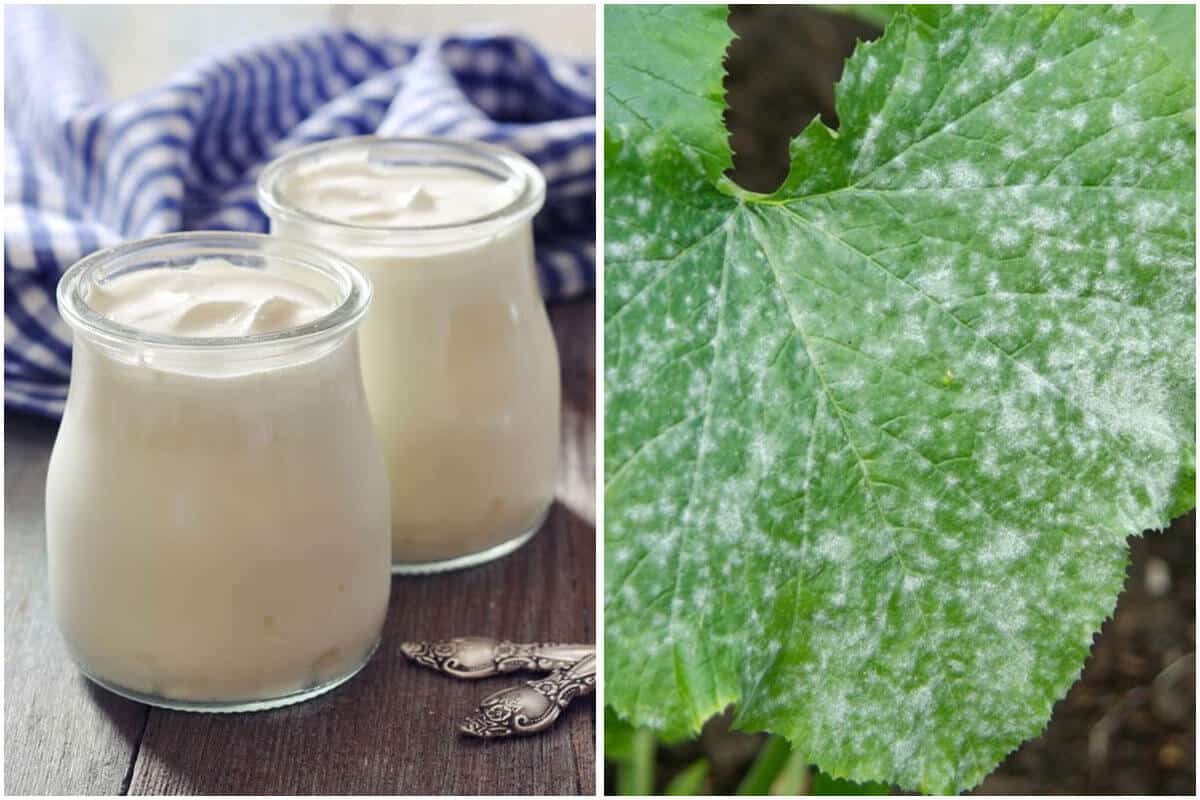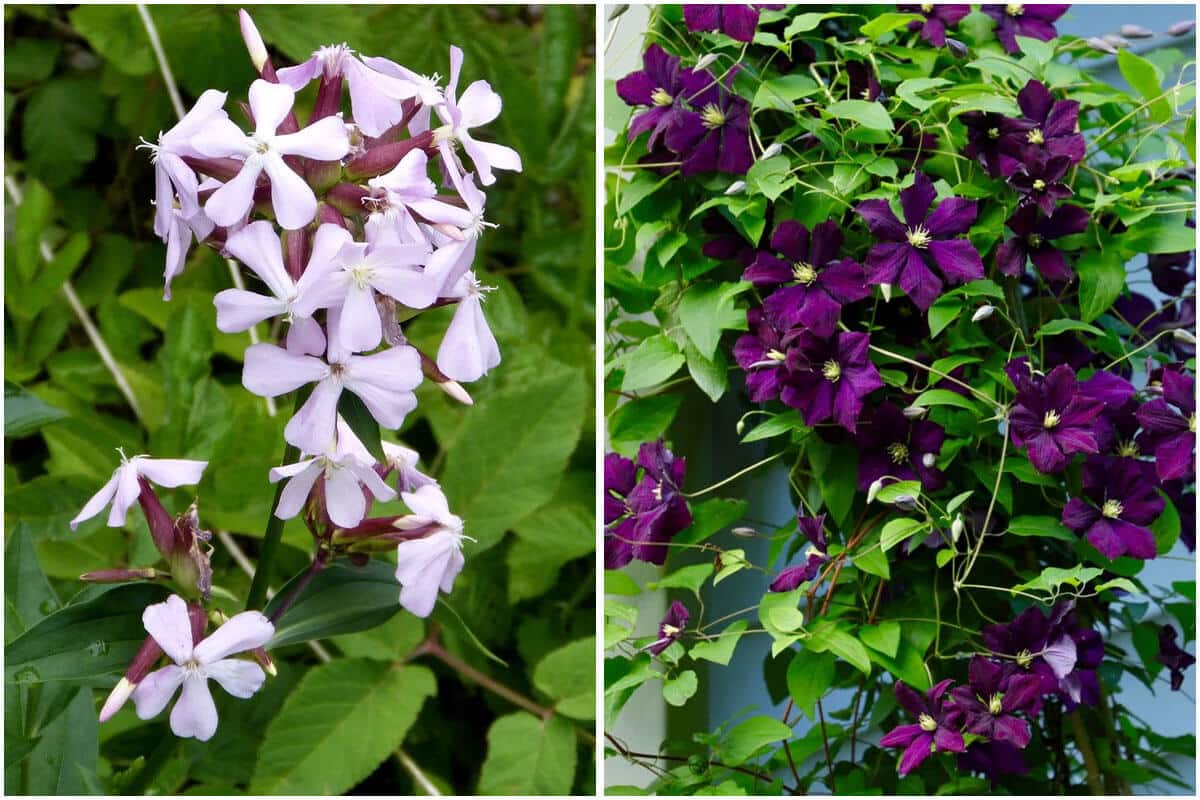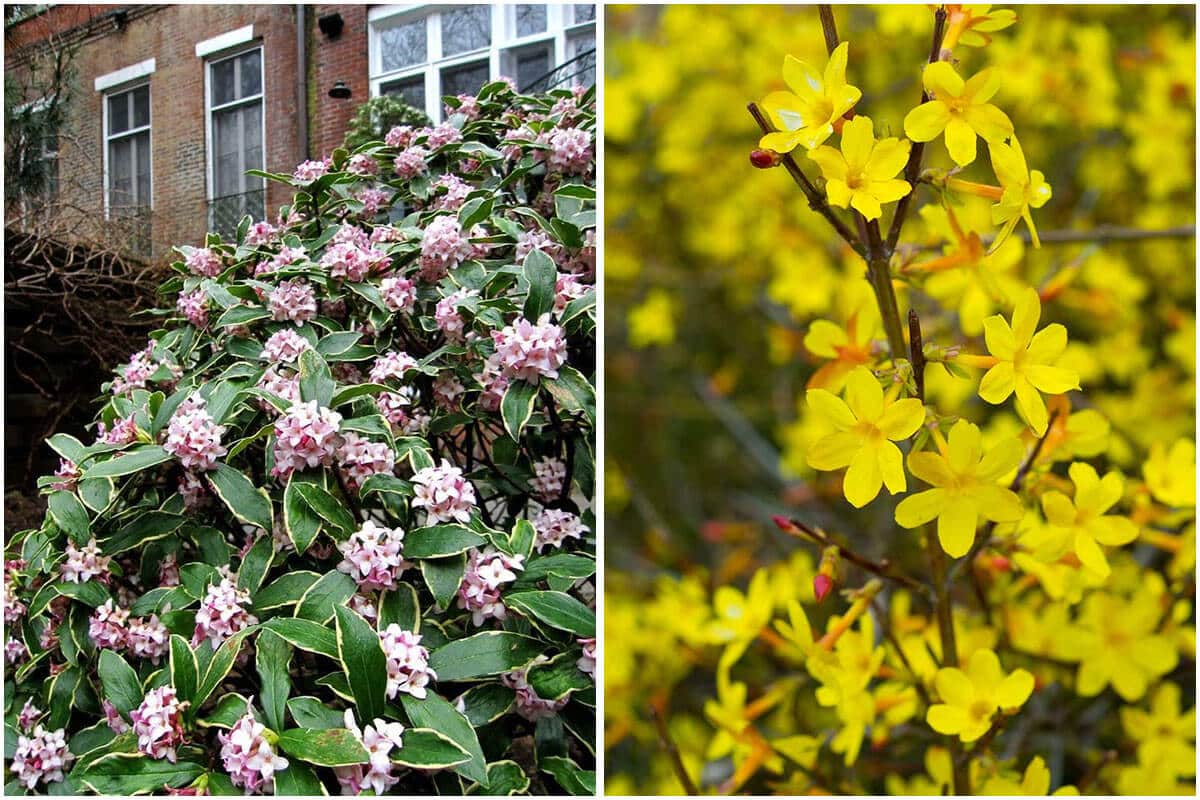Cornstarch goes beyond its uses in the kitchen. Normally, this fine powder from corn is highly used for cooking, especially making cakes. But cornstarch can help with your gardening, and many other home hacks. Repel garden pests, encourage seeds to grow faster, reduce water usage, improve sandy coastal soil… This powder does an excellent work.
So, you’ve got what this post is about, right? It shares 6 amazing uses of cornstarch for your garden. If you prefer natural yet effective gardening tools, you should never skip this collection. You can find cornstarch at any store, so apply it into your garden whenever you need is possible. Wait no further. Let’s use it for your garden right!
#1 Repel Garden Pests

If you sprinkle a layer of cornstarch on the leaves of your plants, this will help get rid of worms. This non-toxic method will suffocate and make it difficult for insects to crawl on stems and leaves.
#2 Grow Seeds Faster

It’s good to dip the seeds of corn, tomatoes, or beans in a corn starch paste before planting. The cornstarch solution will keep the seeds warm and helps them grow faster.
#3 Reduce Water Usage

If you add corn starch to container plants, it will restore the moisture and minimize the frequent watering needs. Here is how to do it: mix two tablespoons of corn starch in a one-gallon pot. For a five-gallon pot, add 1/4 cup of corn starch.
#4 Effective Against Ants

Cornstarch can be a very excellent ant repellent. It attracts ants, so they eat it but can’t digest it and die slowly. Plus, ants’ habit of taking their food back to their colony could ensure the rest of the ants are taken care of too. But it’s a slow process.
#5 Improve Sandy Coastal Soil

According to research at North Carolina Agricultural and Technical State University, soil amendment such as corn starch, corn stalk, and cotton meal can help improve the soil structure and boost the root growth. Regarding cornstarch, it contains the highest amount of dissolved organic carbon leached and soil penetration resistance.
#6 Control of Nitrogen Pollution

High urea added in your garden will pollute and damage natural resources. One of the simplest yet effective way to deal with is to use corn starch. It can reduce the reactive nitrogen pollution.





